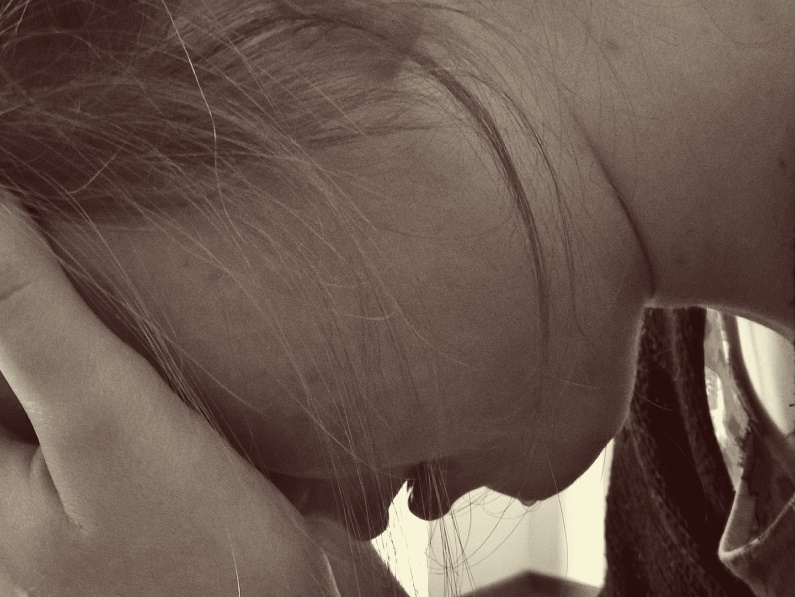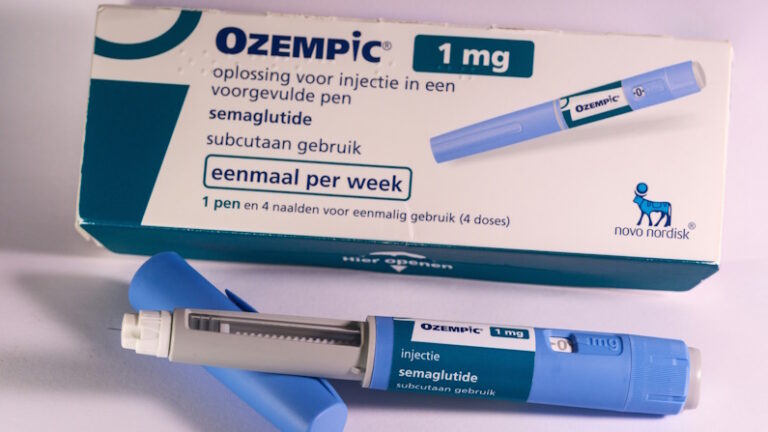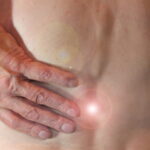In the United States alone, suicide is the most common cause of death in 15-34-year-olds and is the leading disability of people worldwide. Women are more likely to be susceptible to attempting suicide, and men are actually four times as likely to die from it. Depression is still a stigma and overlooked, but it has far-reaching and negative effects. Clinical depression is indeed a disease and should be treated that way.
Let’s take a look.
Symptoms of Clinical Depression
Depression is often known as “episodes” occurring over periods of time. These episodes can be classified as mild, moderate, or severe. The following are symptoms that doctors use to diagnose depression. If an individual has five or more of these (as provided by the Diagnostic and Statistical Manual of Mental Disorders) longer than two weeks, the illness can be diagnosed.
- Depressed mood
- Decreased interest or pleasure in doing things
- Weight loss or weight gain, or increased or decreased appetite
- Insomnia or sleeping too much
- Moving slowly or being restless
- Fatigue or loss of energy
- Feelings of excessive guilt or worthlessness
- Difficulty concentrating or making decisions
- Recurrent thoughts of suicide
It can be tricky, but there is a difference between sadness and depression. It could be temporarily situational or it could be related to physical health. It’s essential, however, to look for red flags like symptoms lingering for weeks. It’s especially important for the more alarming ones, such as feelings of worthlessness or thoughts of hurting oneself.
Another tricky aspect of depression is knowing if it’s situation, clinical, or both. Situational depression is when there’s been an event in one’s life that triggers symptoms, such as a divorce, death, or financial burdens. When someone has clinical depression, their situation could seem perfect.

Is This Clinical Depression or Just Sadness?
Depression is powerful. If you’ve ever had a moment where you feel like you’re underwater, and the sounds around you are muted and indistinct, that’s a symptom of depression that is not listed above. If you feel like your movements are static or you’re heaving a bulldozer uphill rather than carrying a light backpack, that’s a symptom too. It’s critical to note these distinctions because they are not symptoms of situational sadness. They’re red flags that something may be happening within your body.
When depression becomes out of control, thoughts of suicide are not the only risk factor. Sleep patterns and diet are impacted, taking a toll on physical health. When these occur in the body, individuals are at risk for bigger picture illnesses like diabetes, heart disease, and stroke.
It’s possible for depression to increase the risk of heart disease by 50%. If a depressed individual is diabetic, their chances also increase of contracting cardiovascular disease.
Dealing with the Basics of Clinical Depression
The best thing to do is to see a doctor right away. Before a doctor prescribes medication, they’ll ask several questions to diagnose you first. There are other possible root causes of symptoms, such as hypothyroidism and vitamin deficiency (B12). Other contributing factors should always be ruled out before beginning a depression medication regimen.
Medication
There is a lot of stigma surrounding depression and medication for it, but the truth is that medication can be life-saving for an individual who has clinical depression. Antidepressants, specifically serotonin reuptake inhibitors (SSRIs) have a powerful and lasting effect. While side effects can be daunting and difficult to adjust to in the beginning, their impact can be well worth it. Some common SSRIs on the market as of 2019 are:
- Prozac (Fluoxetine)
- Zoloft (Sertraline)
- Lexapro (Escitalopram)
- Celexa (Citalopram)
Non-Serotonin Norepinephrine Reuptake Inhibitors (SNRIs) are also available in the forms of:
- Effexor (Venlafaxine)
- Cymbalta (Duloxetine)
- Pristiq (Desvenlafaxine)
- Savella (Milnacipran)
- Fetzima (Levomilnacipran)
If side effects are too powerful and long-lasting, it’s okay to try a switch. Stay on track with your doctor regarding side effects and progress toward less depression.

Cognitive Behavioral Therapy
Another option is to try cognitive behavioral therapy. This is a type of treatment that encourages individuals to replace negative thoughts with positive thoughts. More specifically, Mindfulness-Based Cognitive Therapy (MBCT) is a type of meditation therapy that can provide long-lasting benefits. Researchers have looked at different types of mindfulness meditation and have found good results. It has almost the same effect as medication depression. MBCT is especially impactful for individuals who have suffered in their lives due to outside factors (i.e. war veterans, child abuse, etc.)
More About MBCT
The strategy of MBCT is simply awareness. Individuals work on being aware of moment to moment thoughts. Instead of fearing these thoughts, one can observe and accept them. During sessions, therapists help individuals to focus on their breath.
MBCT therapy usually runs for about two months and individuals can attend in groups. Meditation plays the hugest role. This, combined with breathing exercises for relaxation and emptying of the mind, can be effective. For those with constant negative thoughts rendering their depression a control factor over their mind, MBCT offers an alternative to medication. Patients can also combine therapy with medication to stay on track.

Diet and Exercise: The Usual Suspects
You can’t depend on medication alone. It’s imperative to stay physically healthy and eat beneficial foods. Poor health and nutritional deficiencies play a much larger role in depression than people give them credit for, and for this reason, staying ahead of the game helps.
Better sleep patterns and less alcohol, tobacco, and caffeine also help. Keep a diet rich in omega fatty acids, vitamin B, magnesium, and good fibers. And there’s a reason why doctors push for exercise. It releases natural endorphins to give the body and mind an extra boost of happiness.
While a medication regimen can help reset the brain and set you on the right track, a healthy body and mind paves the way to keep you where you want to be.
For more information on clinical depression, visit http://depression.org/ .







